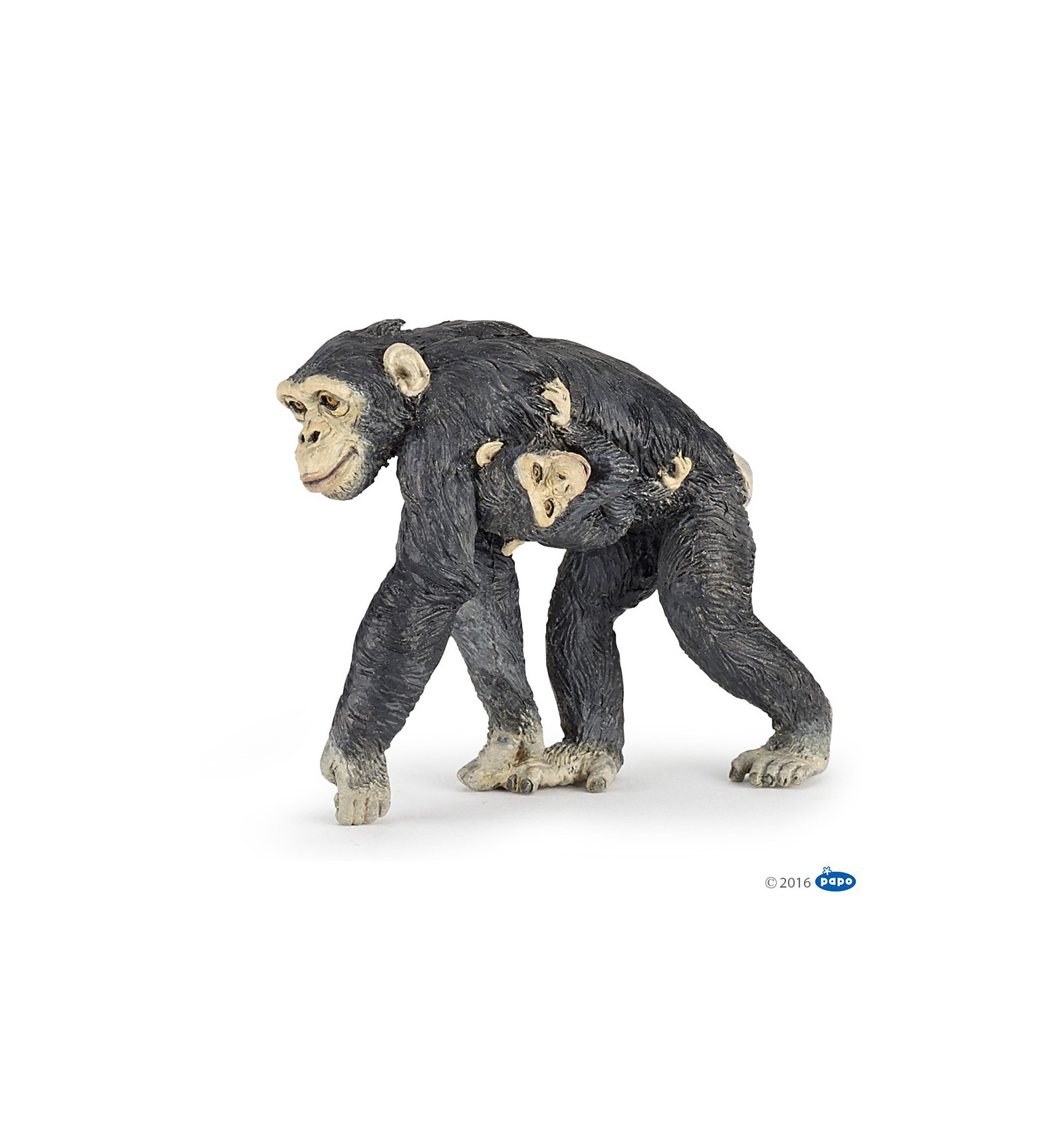
The teenagers, ignoring his friend, wordlessly surrounded Tasimi, who had crumpled to the brick sidewalk. Tasimi barely noticed them, until one landed a punch to the back of his head.

Just a few hundred feet from his apartment building, he passed a group of young men in jeans and hoodies.

It was about 9:45 p.m., and Tasimi and a friend were strolling home from dinner at Buffalo Wild Wings. His experiments draw on the work of Jean Piaget, Noam Chomsky, his own undergraduate thesis at the University of Pennsylvania and what happened to him in New Haven, Connecticut, one Friday night last February. That allows me to discount every single word in anti-milk sites.Arber Tasimi is a 23-year-old researcher at Yale University’s Infant Cognition Center, where he studies the moral inclinations of babies-how the littlest children understand right and wrong, before language and culture exert their deep influence.“What are we at our core, before anything, before everything?” he asks. Personally, I discount every single word in anti-milk sites unless absolutely proven otherwise. At worst, there may be a lessening of antibodies from pasteurization but not a complete elimination. The anti-milk sites make the pasteurization destroys antibodies claim indiscriminately and usually without sourcing. However,even though this was a significant decrease, pasteurization did not damage enough antibodies to lessen the passive transfer of immunities.Īntibody to human rotavirus in cow’s milk.īoth raw and pasteurized milk contained detectable levels of IgG1 antibody directed at rotavirus. The researchers observed a 12.3% reduction in antibody concentration after pasteurization. The Pro’s and Con’s of Pasteurizing Colostrum These results support the proposition that, at least in part, unheated milk is superior to heated milk because unheated milk contains antibody to an ubiquitous enteropathogen like rotavirus. Rotaviral antibodies were detected in one out of eight brands of milk bought at the market–perhaps indicating inadequate pasteurization for this brand. by J G Lecce and M W KingĪntibodies to rotavirus were found in cow’s milk at a creamery prior to but not after pasteurization. This is an article of faith for the anti-milk propaganda squad, but the medical evidence for it is more equivocal. The other possible strength of breastfeeding, the variance throughout the feed and the day in the make-up of the milk, and the changes dependant on what the mother has eaten lately, are likely to be either eliminated or viewed as disadvantages for a product - you want a consistent product, not one that’s watery and needs to be given in the morning and one that’s fatty for bedtime and one that’s got extra protein and calcium for growth spurts and one that’s got a few molecules of shrimp to acclimate the baby’s immune system to shrimp without causing an allergic reaction and one that tastes faintly of cheese so that the baby likes cheese in eight months…įormula is still probably better nutritionally, definitely cheaper and more readily available and has a far fewer marketing problems.įinally, I don’t see the FDA, USDA or anyone else letting you sell UNpasteurized chimp milk, and pasteurizing milk kills not only the bacteria in it, but the antibodies in it. Assuming chimp antibodies are at all useful for humans, the antibodies are breastmilk’s best claim to fame right now (the nutrient percentage we’ve gotten very, very close to), so that “plus” would be wiped out right away. Not very cost effective.įinally, I don’t see the FDA, USDA or anyone else letting you sell UNpasteurized chimp milk, and pasteurizing milk kills not only the bacteria in it, but the antibodies in it.


One cow can make enough milk for a dozen humans every day - a chimp might make enough for one, and then only if you didn’t let her infant drink any of it. Cows, goats, sheep and even horses grow very quickly, and need a large quantity of milk to do it - so there’s quite a bit for us to take, even back when we still let them nurse their own babies as well. The second problem, of course, is that our babies don’t grow all that fast (despite what it feels like when you’re buying all new clothes every few months!), so we don’t make a whole ton of milk. With the lack of an udder, a machine needs to be held in place by hand, and can’t get at the ducts deep in the breast or chest wall. Suction and/or pressure can then be applied to basically “wring” the milk out of the glands. An udder makes a good shape to go into a milker. Most women can’t express anywhere near the milk their babies can get out by nursing. Primates are just poorly designed for milking machines. **The New SDMB! All breastmilk, all the time! **


 0 kommentar(er)
0 kommentar(er)
